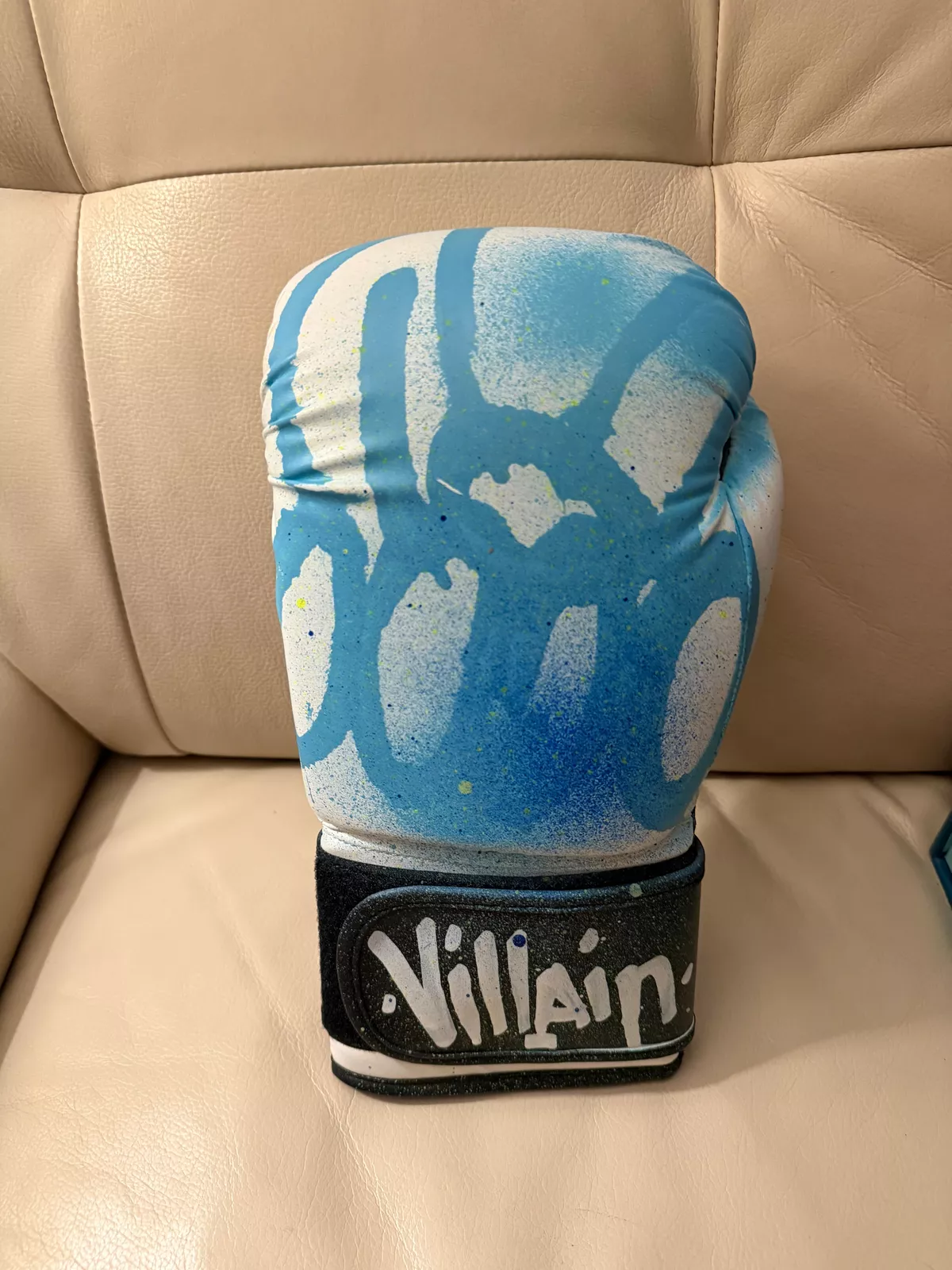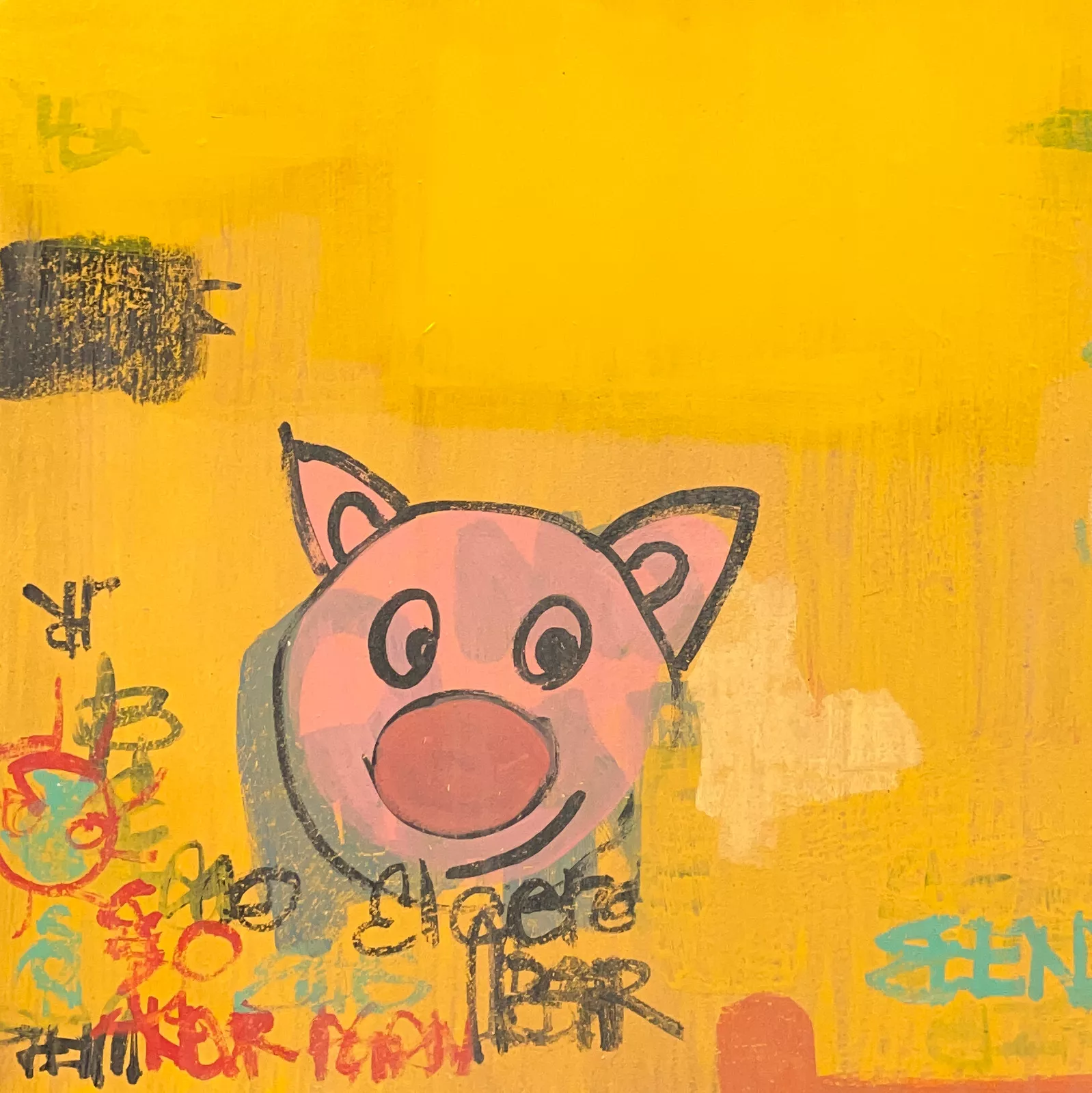Roy Lichtenstein, a pioneer of the Pop Art movement, became known for his bold use of color, comic book-inspired aesthetics, and cultural commentary. Among his many iconic works, Reverie (1985) stands out as a quintessential example of Lichtenstein’s ability to blend high art with mass culture. The painting encapsulates the essence of his artistic style, drawing viewers into a world of vibrant colors, exaggerated emotions, and nostalgic imagery.
Visual Elements: The Comic Book Aesthetic
At first glance, Reverie immediately captivates viewers with its striking composition. Rendered in Lichtenstein’s signature style, the painting replicates the visual language of comic books. Bold black outlines, primary colors, and Ben-Day dots dominate the canvas, creating a sense of immediacy and dynamism.
The Central Figure
The focal point of Reverie is a close-up of a woman’s face, rendered with dramatic expressions. Her blonde hair, crimson lips, and teary eyes evoke a sense of longing and emotional turmoil. Lichtenstein masterfully uses abstraction to simplify her features, making her both relatable and universal.
The Speech Bubble
In true comic book fashion, Reverie includes a speech bubble, a recurring motif in Lichtenstein’s works. The text inside the bubble reads, “I don’t care! I’d rather sink than call Brad for help!” This dramatic declaration encapsulates themes of independence, pride, and romantic tension, reminiscent of mid-century pulp fiction.
Color Palette and Technique
The limited color palette—dominated by red, yellow, blue, and black—enhances the painting’s visual impact. Lichtenstein’s meticulous use of Ben-Day dots creates texture and depth, mimicking the printing techniques of mass-produced comic books while elevating them to the realm of fine art.
Thematic Depth: Nostalgia, Love, and Independence
At its core, Reverie explores themes of nostalgia, emotional conflict, and individualism. While its surface may appear lighthearted or melodramatic, the painting carries deeper meanings that reflect the cultural and social currents of its time.
Nostalgia for the Golden Age of Comics
Lichtenstein’s work often pays homage to the comic books of the 1940s and 1950s, a period fondly remembered as the Golden Age of Comics. By appropriating their visual language, Reverie evokes a sense of nostalgia, appealing to viewers who associate the medium with childhood innocence and escapism.
The Drama of Love
The painting’s narrative centers on romantic tension, a recurring theme in both comic books and Lichtenstein’s oeuvre. The woman’s bold declaration—her refusal to seek Brad’s help despite her predicament—hints at a complex interplay of pride, love, and independence.
Feminist Undertones
While the woman’s statement might initially seem dramatic, it also suggests a sense of agency. Her refusal to rely on Brad reflects a growing cultural emphasis on female empowerment in the 1980s. Lichtenstein captures the spirit of the era, highlighting a shift toward more independent and self-reliant portrayals of women.
Cultural Significance: Pop Art and the 1980s
Reverie is not just a reflection of Lichtenstein’s artistic vision; it is also a product of its cultural context. The painting embodies the ethos of the Pop Art movement, which sought to blur the boundaries between high and low culture.
Pop Art’s Celebration of Mass Culture
As a leading figure in the Pop Art movement, Lichtenstein championed the use of everyday imagery in art. By transforming a comic book panel into a large-scale painting, Reverie challenges traditional notions of artistic value, celebrating the beauty and creativity inherent in popular culture.
The Role of Media and Advertising
Lichtenstein’s work reflects the pervasive influence of media and advertising in the 1980s. The exaggerated emotions and idealized imagery in Reverie mirror the heightened drama of soap operas, romance novels, and magazine ads, critiquing their impact on societal expectations.
A Bridge Between Eras
While rooted in mid-century comic aesthetics, Reverie also speaks to contemporary issues of the 1980s, including gender roles, consumerism, and media representation. This duality makes the painting both timeless and contextually significant.
The Legacy of Reverie
More than three decades after its creation, Reverie remains a celebrated piece of modern art. It continues to inspire artists, provoke critical discussions, and captivate audiences with its blend of humor, nostalgia, and cultural commentary.
Influence on Contemporary Art
Lichtenstein’s innovative use of popular imagery paved the way for generations of artists to explore new forms of visual expression. Works like Reverie have inspired contemporary artists to experiment with appropriation, irony, and mixed media.
Resonance with Audiences
The universal appeal of Reverie lies in its ability to evoke emotion and nostalgia while prompting viewers to question societal norms. Its iconic imagery has made it a staple in museum collections, ensuring its relevance for future generations.
The Enduring Power of Pop Art
Lichtenstein’s contributions to Pop Art, exemplified by Reverie, demonstrate the movement’s enduring impact on the art world. By elevating everyday imagery to the status of fine art, Lichtenstein and his contemporaries redefined what art could be, making it more accessible and inclusive.
Impression
Roy Lichtenstein’s Reverie (1985) is a masterful blend of artistry, cultural critique, and emotional resonance. Through its bold visual language and layered themes, the painting captures the essence of Pop Art while offering a unique window into the social and cultural dynamics of its time.
Whether viewed as a nostalgic homage to comic books, a commentary on love and independence, or a celebration of mass culture, Reverie continues to inspire and provoke, solidifying its place as a cornerstone of modern art.
No comments yet.








